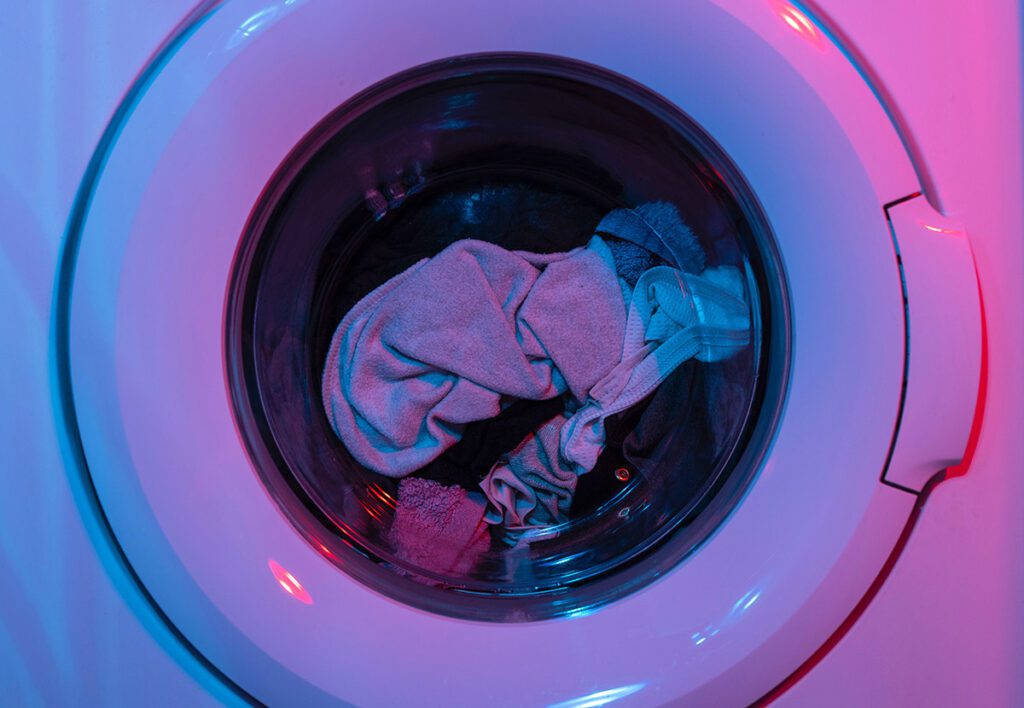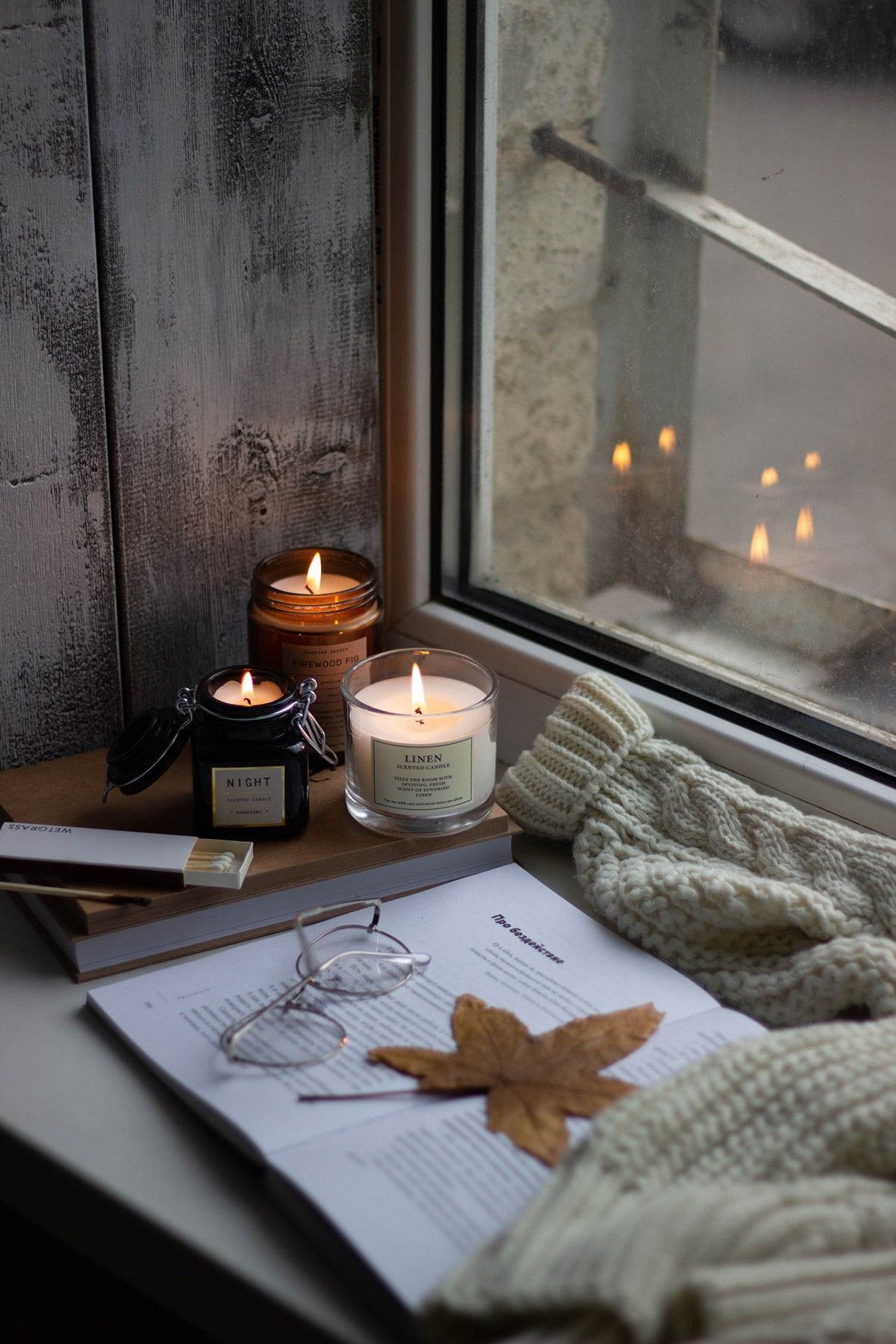Keep warm this winter
Energy prices have rocketed in recent times and while it’s cold outside, there are ways that we can keep bills to a minimum
Heating
Throughout the winter, it’s quite tempting to keep your heating on all day and all night but that doesn’t have to be the case. Often you are able to switch it off in the morning and the house will naturally retain some of the heat during the day. If you are more active during the daylight hours, you may find that you don’t need your heating at all.
If you do need your heating on, consider heating just the rooms that you need. Turn off the radiators in the rooms that aren’t being used and close the doors to seal them off. If your boiler has a timer on it, you can also set it to run for just a few hours a day during the week.
If it’s just you at home, tabletop heaters work just as well at keeping you toasty but with less cost as you’re not heating an entire house. You could also try turning the thermostat down by a degree to find a comfortable temperature – each degree can typically save around £80 a year.
Energy vampires
Many household appliances have a standby mode – in this mode, these appliances use a fraction of the energy compared to when they are properly operational – however they do use some! It is estimated, here in the UK, that households waste £227m per year as a result of standby mode. It has been estimated that about £40 a year is wasted in the average home due to appliances left on standby.

Unplug all chargers that are not in use, and do the same for computers, laptops and tablets that you aren’t using. You also don’t need to keep charging items that have reached full charge.
Be wary of satellite and/or TV boxes, which may need to stay on to record TV shows that you have requested.
Lighting
If you’re working from home, you’ll find that you’ll be using lights more, especially during the dark days of winter. It therefore makes sense to think about only using the lights that you need. Switch off any unnecessary lights and only use lights in the rooms that you are spending time in. Reminding others to turn lights off when they aren’t using them will also help you save money.

Now would also be an ideal time to switch to LED bulbs too. By changing all of your bulbs in your house to LED alternatives, you will reclaim your initial investment when you start saving money on your energy bills.
Layer up
In some ways, working from home has taken away the need to dress to impress, allowing us to wear something that’s been designed more for warmth and comfort.

Pop on that big comfy jumper that you’ve got sitting in your cupboard – it might mean that you’re able to turn the heating down a little, saving you money in the process.
Switch suppliers
The recent energy crisis has meant that wholesale prices have gone through the roof, while government caps have limited what some suppliers can charge. This has meant that many suppliers have gone bust.

Now may not be a good time to switch suppliers but as the markets settle back down, it will be worth looking for a good deal. Comparison sites are a good place to start looking.
Appliances
Our home appliances can use a lot of energy, especially if you’re using them for small loads. It therefore makes sense to only use them when you have a full load to wash, whether that’s your dishwasher or washing machine. Wet appliances contribute to around 10% of our energy bills. A 7kg washing machine used 220 times a year will cost typically between £25-£35 a year to run.

Many machines will now come with Eco settings and lower temperatures mean less energy consumption. Cleaning out any filters once a month will also make the machines more efficient.
Draught-proofing
Draught-proofing your home is one of the quickest and most cost-effective ways of keeping warmth in your home.
Before you go blocking up every gap that you can find, bear in mind that some areas of your house need ventilation, such as kitchens and rooms with open fires.

Windows and doors are generally a good place to start and applying draught-proof strips around your frames will give you an instant benefit. You can do the same for draughty loft hatches. If you’re unsure about your own DIY abilities, consult a professional.
Food

Planning your food for the week ahead is a great way of saving energy, especially when it comes to heating it.
Batch cooking means that you’re using the same amount of energy to cook more food, and warming it up in the microwave at a later date will still use less energy than if you were cooking from scratch every time. This will also help reduce food waste and save you money.
Slow cookers are also a great way to use less energy and save money.
Hot drinks
You’ll probably find that you’re drinking more hot drinks at home during the colder months – the irresistible draw of a piping hot mug of tea is sometimes too overwhelming. They’ll certainly warm you up from the inside but don’t go filling up the kettle to capacity every time you use it. If you are looking to save money on your energy bills, simply use what you need each time you need a hot drink.

Descaling your kettle regularly will also make it more efficient at boiling water and if you’re looking to get a new one, look for one with a good energy rating and a low minimum fill level.

